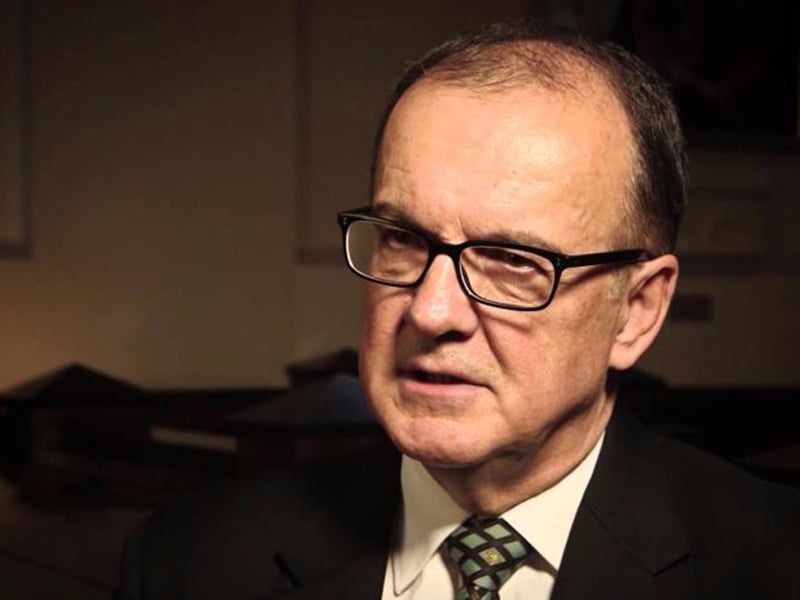An expert working group has finalised a decade-long strategic plan for Australia’s national research infrastructure, calling for continued secure funding and expansion into new areas, as well as more industry engagement to produce a “step change” in Australian research outcomes.
The federal government, which assembled the group led by Dr Ziggy Switkowski last May and outsourced parts of the plan to consultants, launched the new roadmap on Thursday.
But its full response to the new recommendations won’t arrive until later this year with the government’s own research infrastructure investment plan.

Last week’s budget revealed Australian government investment in overall research and development has now trended down for a decade. But the government has an existing long-term commitment from 2017 to invest $4 billion in national research infrastructure by 2029.
“Australia’s research infrastructure is typically hosted by publicly funded research agencies across the country,” University of Adelaide Professor Andy Lowe wrote last year in anticipation of the new Roadmap.
“This infrastructure provides tremendous benefit to Australians by enabling and supporting strategic national-scale and collaborative equipment, resources and experts, all of which enable Australia’s researchers to address key national and global challenges quickly and effectively.”
The new National Research Infrastructure Roadmap does not prescribe what should or should not be invested in. This comes through the 2022 Research Infrastructure Investment Plan, developed by the government in response to the Roadmap and expected to be released later this year.
The roadmap released Thursday makes recommendations based on the expert group’s consultations and findings to keep Australia’s research infrastructure relevant and responsive. It identifyees research themes and challenges, and how to solve them with system wide enhancements and particular investment areas.
The Roadmap endorses the quality and importance of Australia’s existing National Research Infrastructure (NRI) but identified areas where further investment could bring a “step change” in research outcomes.
“…that can improve our standard of living, strengthen our economy and build sovereign capabilities to protect Australia’s interests,” the Roadmap said, noting NRI also needs to engage more effectively with industry and other research end users.
“This will increase the impact of NRI investment and lead to greater translation of research.”
The recommendations include NRI and NRI investment principles, continuity and long-term funding of infrastructure, a new NRI advisory group, a more integrated ecosystem, and increased industry engagement.
A planning and investment “challenge framework” was also recommended for infrastructure areas which align with the government’s existing manufacturing priorities, the technologies and supply chains underpinning them, as well as climate and environment.
The Roadmap also calls for a new National Digital Research Infrastructure Strategy and preparations to help Australia capitalise on opportunities like digital research, synthetic biology, and a national approach to collections.
The expert working group which delivered the strategy was chaired by Dr Ziggy Switkowski and included AI and resources sector executives as well as the academics and researchers which dominated the 2016 group led by then-Australian chief scientist Dr Alan Finkel.
Dr Switkowski received a per diem of $1333 for work on the Roadmap while other non-government members received per diems of $1066.
The 2021 group’s findings received a “three-week intensive stress test” from the Boston Consulting Group, which was awarded a two-month, $440,000 contract from the Education department for the work.
Acting Education minister Stuart Robert and Science and Technology minister Melissa Price launched the Roadmap and in a joint statement said the government is considering further investment identified in the roadmap.
Do you know more? Contact James Riley via Email.

